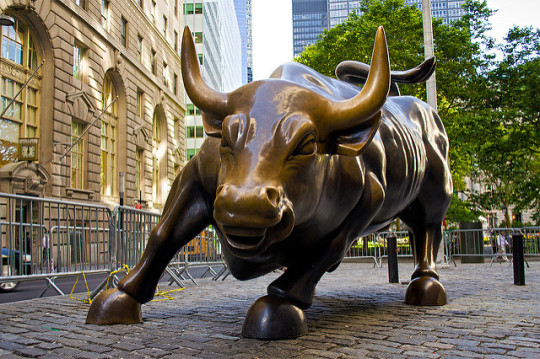
Photo Credit:Â htmvalerio
Banks and the financials in general have been the worst performing sector since the 2008 financial crisis. Between near zero interest rates from endless rounds of quantitative easing and a general lack of trust regarding the industry, Wall Street has suffered. More names than not have struggled to bounce back and deliver strong quarterly earnings. Wells Fargo and JPMorgan Chase have been the lone bright spots of the industry, with both companies reporting better than expected first quarter results. However, the overall expectations remains reasonably low, as the banks continue to struggle with volatile markets, trouble in China and low interest rates. The Fed’s announcement yesterday to leave interest rates unchanged spells more trouble for Wall Street’s titans heading into the second half of the year.
(Click on image to enlarge)

JPMorgan Chase (JPM) Financials – Diversified Financial Services
JPMorgan is the biggest of the retail banks in terms of assets under management. Its large assets base and robust balance sheet has left the company vulnerable in the event of another crisis. The company came under intense scrutiny in April after failing to pass the living will standards which are set so that the government will never have to bail out banks again. JPMorgan was one of 5 big banks that would not have access to enough capital in the event of a new crisis. Regardless, JPM has exceeded earnings expectations in 4 of the last 5 quarters and is typically viewed as one of the better performing financial institutions. Last quarter, the company featured increases in consumer banking and asset management sectors. Net interest income increased as well, despite rates staying close to zero during the period. However, significant declines were seen in commercial and investment banking sectors. Overall net income and revenue were down on a yearly basis with a high likelihood of continuing through the remainder of fiscal 2016. The Estimize community is just as pessimistic on Chase’s growth prospects in Q2. The consensus data is looking for earnings per share of $1.42 on $23.76 billion, an 8% decline on the bottom line and 3% on the top.

